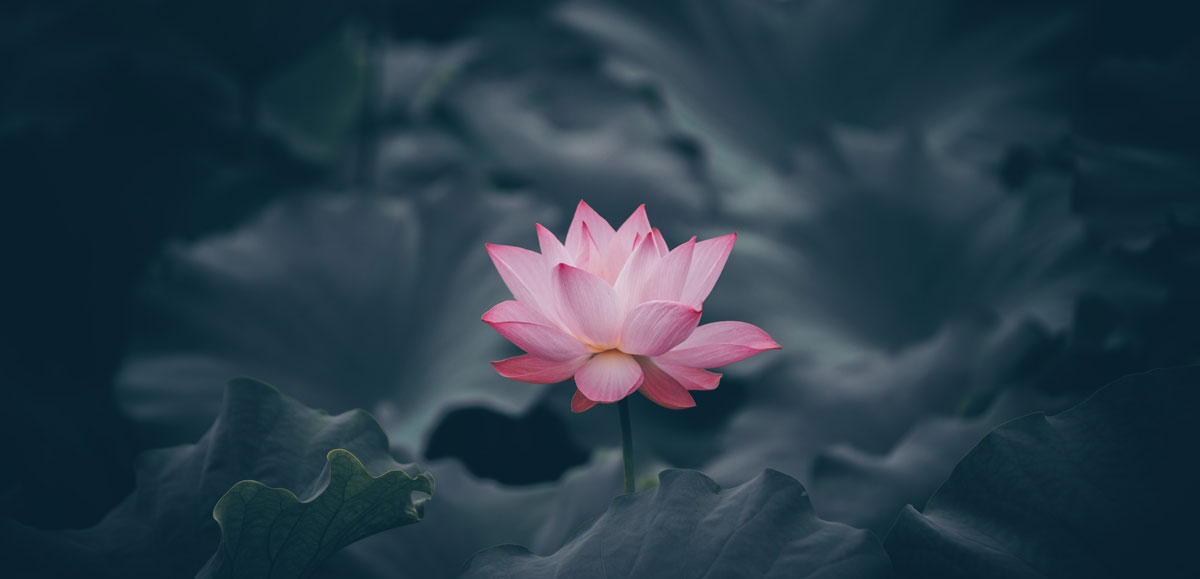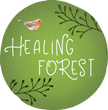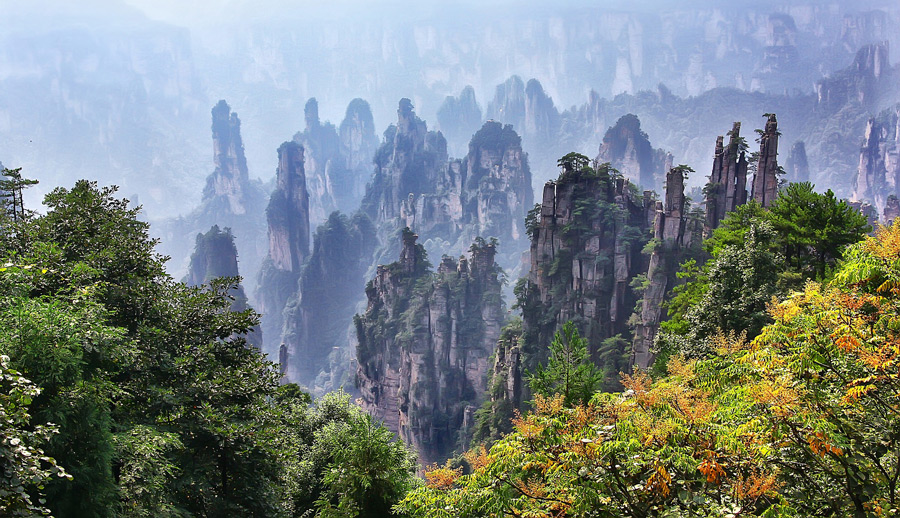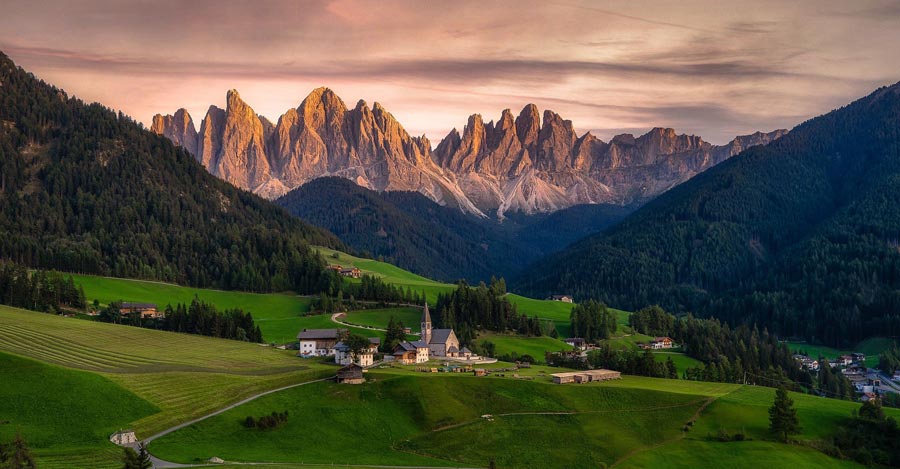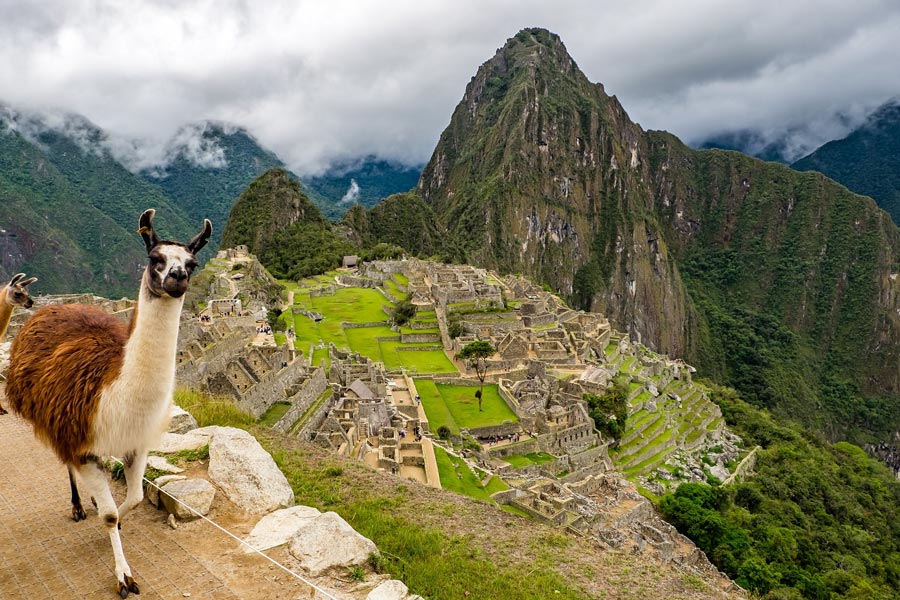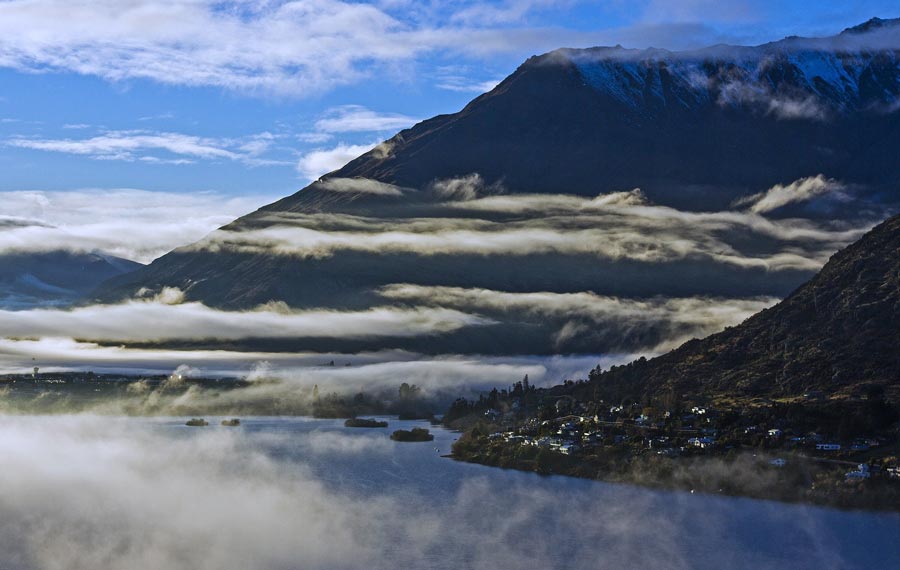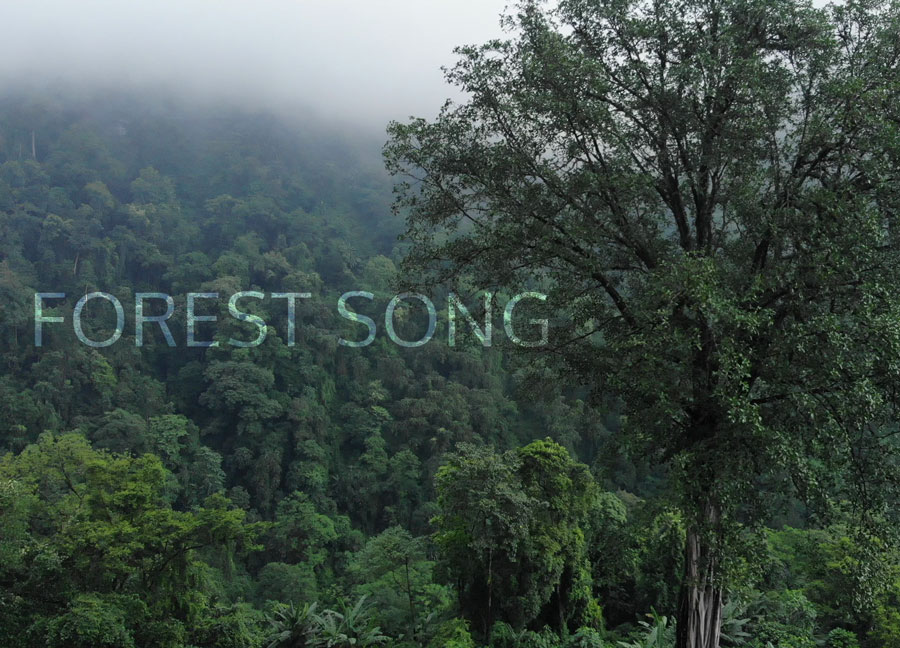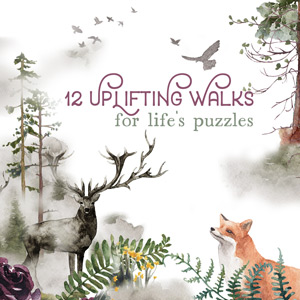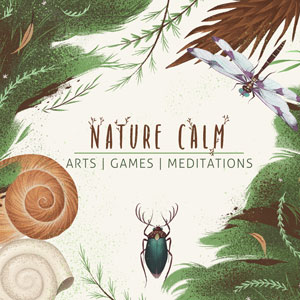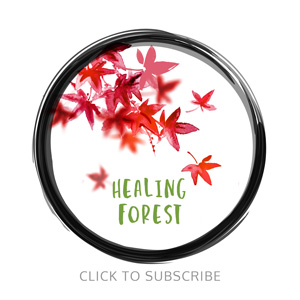Flowers have mastered the art of communication over a hundred million years. They have crafted and perfected this skill because their very survival depends on it. What the flowers have realised is that great communication is a mix of the visible and the invisible.
In this article you will find 7 useful tips from flowers on how to better your communication skills. *And don’t miss the flower games at the very end – simple activities that will help you speak, write, and listen better. There’s also a short film and a surprise gift for the patient ones.

Need For Better Communication
Every effective communication is an exchange. Of ideas, emotions, and attention. Our ability to express ourselves plays a very important role in connecting us to others and connecting others to us. The relationships of our life are bound by communication – both visible and invisible. If we observe the patterns that help us grow in life, we find that communication is one of the integral qualities that shapes our journey. Mothers, teachers, influencers, change-makers and wise masters – all know how critical the art of communication is.
When we analyse the problems in any relationship, whether at home, at work or with our closest friends, we find that communication is failing. By mastering the art of communication and improving our skillset, we can succeed in creating healthier relationships and more joyful interactions in life.
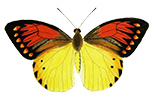
For more magical walks and activities that help you solve life’s greatest puzzles, try: Nature Play>>
Yet, such a vital skill is not given the importance it is due, and a large number of people struggle with it. By exploring how flowers talk – attracting bees, butterflies, moths and birds – and understanding the methods they have evolved over time, we will find useful metaphors to make our own communication more beautiful. A few simple tips will show us how to become better communicators so that we can create stronger connections in our lives.
ARTICLE REFERENCES: Thich Naht Hahn (Art of Communication) | J.D.Schramm (Communicate with Mastery) | Stephen Buchmann (The Reason for Flowers)
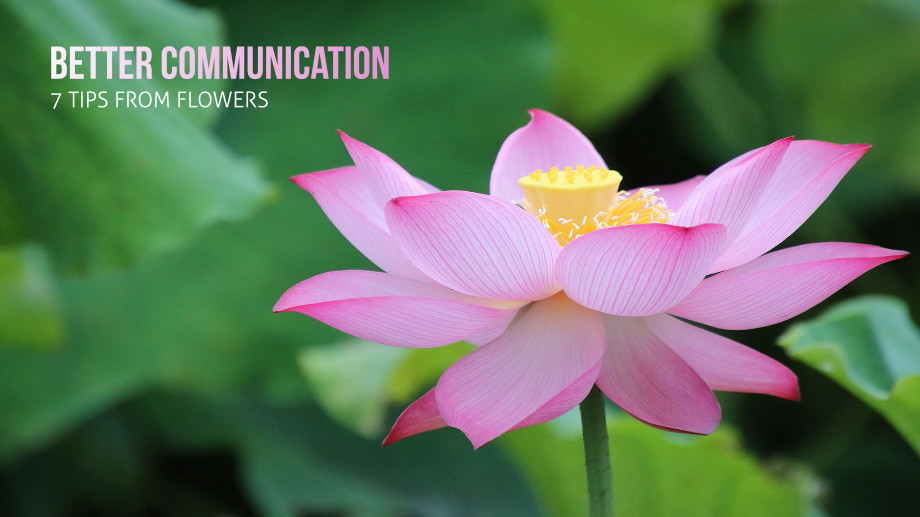
Better Communication | What Flowers Know
Among the most beautiful innovations of the natural world are those remarkable bursts of colour we call flowers. Despite their tremendous beauty, flowers have a major problem: Flowering plants cannot survive on their own, and instead depend on pollinators for their procreation.
To do so, they have developed an ingenious means of advertisement, which primarily uses their vivid colours and enchanting fragrances. In fact, a flower’s colour is specifically designed to garner attention. Insects cannot see as well as we do, and the brighter a flower, the easier it will be for a pollinator to recognize and visit it. As a result, flowers boast the most highly saturated colours found in nature.
Better Communication Tip 1: Design for Impact
Given the flood of communication all around us and the ever shortening attention span of people, it is essential to design our communication for impact. Amidst all the clutter and cacophony around us, it is not an easy task to create messages that stick in the mind.
Here’s an ABC tip from J. D. Schramm, founder of the Mastery in Communication Initiative, at Stanford Graduate School of Business: Make your communication active, brief, and clear for maximum impact. Think: What? So what? Now what? The ‘what’ is the information you need to share. The ‘so what’ tells you why this information is relevant. And the ‘now what’ articulates what action is needed. It’s great to have persuasive and meaningful content, but it also needs to be pleasing to the eye. This helps your reader take in the information as intended.

Better Communication Tip 2: Craft it to serve the audience
Flowers reward pollinating insects handsomely for their services. Flowers are like a kind of café or a rest stop for insects where they can eat, drink, and take a break. Not only that, flowers are also an ideal location for insects to find mates and, in colder parts of the world, the inside of a blossom can even be comfortably warm.

To become an effective communicator, first, we must understand our audience. By understanding their needs, perceptions and current level of understanding, one can create communication that is healthy for them. But what exactly is “healthy” communication?
Master Thich Naht Hanh says: It’s best to think of communication like food. Some of it is nourishing, and some is toxic and poisonous. Nourishing speech is understanding and positive, while toxic speech fills people with negative emotions like anger and frustration.
In order to communicate well with another person, we first need to understand ourselves. However, most of us rarely communicate with ourselves in a healthy way, which is why we may have some trouble communicating with others.
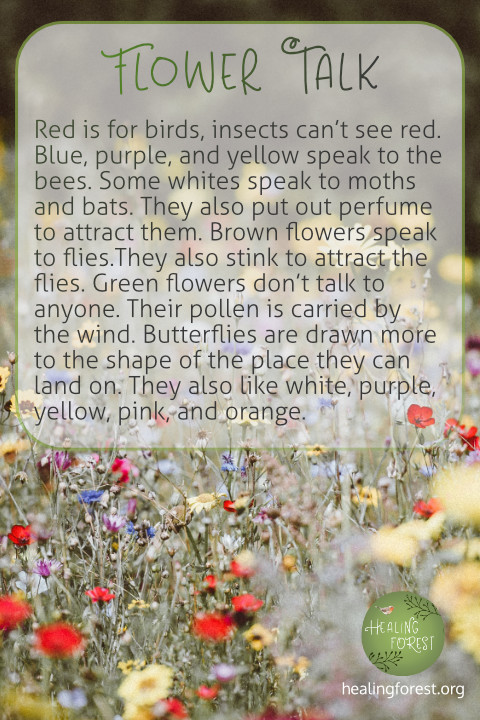
Better Communication Tip 3: Time it well
Over the centuries, plants have evolved to flower at a time that ensures maximal reproductive success. Not just the season of flowering but also the time of day during which they flower and for how long they stay open has been carefully crafted through a cycle of learning, failure, and success.
For example ‘Moon flower’ is the common name for a variety of plants that have flowers that open at night. They do this because night-flying insects mostly pollinate them. One such insect is the hawk moth. The flowers are sensitive to small changes in light so they open when these insects are out in the evening.
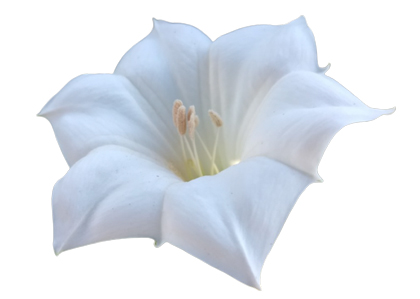
Experts in communication know that timing is everything. What to say, when to say it, and how much to say, are all questions that one must think about before engaging in important conversations. The difference between an average and an excellent communicator is this ability to master the timing of delivery. Knowing when not to speak is as important as knowing when to talk.
In Frank Luntz’s book Words that Work, he states that “Communication is less about what you say, and more about what people hear. It is therefore important to focus on what people are likely to hear to sidestep saying the wrong thing or having your message misconstrued. This is why certain words are deeply triggering for certain communities.”
For example, we know teenagers won’t respond very well to communication very early in the morning. And while good news can be given any time, if you are going to deliver some bad news, make sure you wait for a suitable time.
Better Communication Tip 4: Improve your listening skills
Scientists have found evidence that plants can actually hear the buzz of passing bees and produce sweeter nectar in response to entice the flying insects in. Flowers are technically the ‘ears’ because of their conical shape which feel the sound waves rather than hearing them.
Based on observations of evening primroses, the team behind the study discovered that within minutes of sensing the sound waves of nearby bee wings through flower petals, the concentration of the sugar in the plant’s nectar was increased by an average of 20 percent. The flowers even seemed able to tune out irrelevant background noises, such as the wind. ( Learn more at this link)
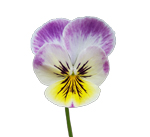
Being a good listener helps solve problems, resolve conflicts, and improve relationships. In the workplace, effective listening contributes to fewer errors, less wasted time, and improved accuracy. Knowing how to improve your listening skills can help you build not only friendships but also careers.
To be a good listener, one needs to be mindful of our own thoughts. Practicing mindfulness helps us become aware of the chatter in our heads and we can learn to redirect our attention to the other person. Then we can hear not only what they are saying, but also sense what they are feeling.
We don’t always fully understand people that are close to us. This is often because we don’t listen to each other. Mindful listening means carefully taking in what others say without judging them. When the person you’re communicating with sees how much you care about understanding them, that alone will lay the foundation for good communication. When someone’s telling you about their thoughts, you might be tempted to interrupt them, especially if you want to correct their perceptions. However, this might lead to a discussion where you are not truly focusing on their feelings, which is what you should be doing.

Better Communication Tip 5: Create curiosity, engagement, and payoff
The most appealing thing flowers have to offer is deeply nutritious food, namely their sweet nectar. This sugar-rich, high-energy food is stored deep inside the flower, forcing pollinators to immerse themselves in the bloom, thereby covering their bodies with the flower’s sticky pollen, the grains of which are also edible and a good source of protein. While it is easy to get to the flower, the seeker has to put some effort to reap the benefits.

Building curiosity and pay-off into your communication are the hallmarks of excellent communicators. They are able to pull the audience towards them rather than push their words on unsuspecting candidates. In classrooms with a captive audience, when teachers forget this golden rule, they lose out on engaging with their class.
Just like flowers, one of the fundamental reasons we communicate is to spread our ideas. For this endeavour to be successful, listeners should be an active part of the conversation. When listeners feel that the information adds value to them, they begin to own the ideas. That is how the message will travel far and wide.
Better Communication Tip 6: The Invisible
Although flowers can be identical in their colour or shape, there are no two floral scents that are exactly the same. The different scents allow insects to discriminate among plant species and even among individual flowers of a single species. (Source link)
“The best machines that we have can really detect these floral scents maybe a few meters away from the flower, but we know from observations that pollinators can detect floral scents from up to a kilometre away.” ~ Jeremy Chan, University of Washington.
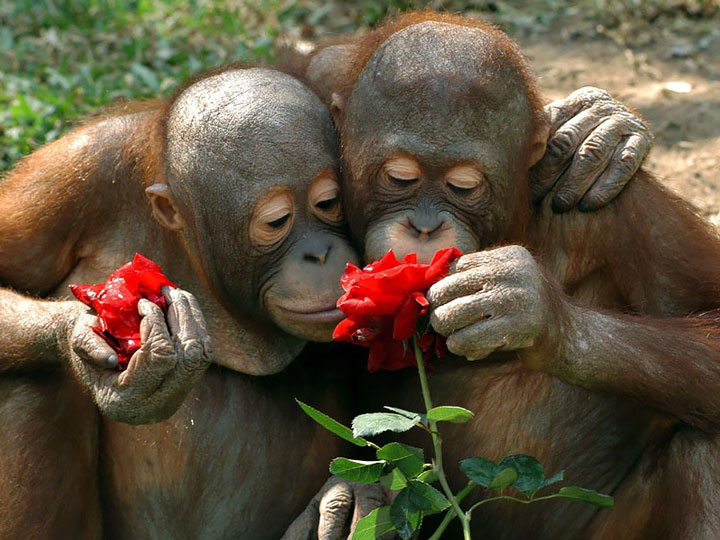
The scent represents the invisible aspect of every communication – the emotions. While words can only go so far, it is the emotions which travel far and wide. The biggest difference between average and stellar communication is the depth of emotion it conveys.
The invisible component of every communication also includes eye contact, posture, gestures, facial expression, body language, and personal appearance. More than half of what we communicate is non-verbal through our body language and mannerisms, as well as the way we use the space and the items around us. All these aspects combine to create an emotional impact.
Just like the sense of smell has a direct connection to the brain, emotions have a way of permeating into our hearts. For every piece of communication that touches us, it is the emotions which are absorbed, retained, and passed on.
Better Communication Tip 7: The Community
During flower development, newly opened and young flowers, which are not ready to function as pollen donors, produce fewer odours and are less attractive to pollinators than are older flowers. Once a flower has been sufficiently pollinated, changes to the floral bouquets and reduction in the scents lead to a lower attractiveness of these flowers, and this helps to direct pollinators to un-pollinated flowers instead, thereby maximising the reproductive success of the plant.

The best communication is inclusive communication. In a group, no person should feel unheard or left out. Learning to grow your communication circle is the most important part of the communication process. Knowing how to empower others to share their voice creates richer and more meaningful conversations. Like the flowers we should all strive to communicate with compassion. By creating space for others to speak and listening mindfully when they do, we can form highly engaged groups.
Remember the end goal of good communication is to build stronger bonds with those around you. And by sowing the seeds of compassionate communication we are allowing the growth of compassionate communities. Communities that will spread joy, peace, and beauty into the world at large…. just like the flowers! 🐞🦋🌺
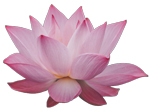
Flower Games: Activities For Pairs
Here’s a collection of some creative exercises that help you become a better speaker, writer, listener. Try them in pairs or very small groups. The most skilful path to communication involves taking in how we and our partner feel, and tending to what we both need in the moment.
Short and sweet:
Describe any flower in 3 words without naming it. Your partner has to guess the flower you are describing.
Metaphor and me:
Describe yourself in nature metaphors. e.g: As gentle as a breeze, as aloof as a cat… and so on. Use at-least one metaphor that includes a flower. Keep exchanging metaphors with your partner until you run out of ideas.
Calling bees, birds, butterflies:
Imagine you are a flower and your partner is its pollinator. Create a short compelling advertising pitch for yourself, to attract the pollinator to your flower.
A new vision:
Create a new name for any existing flower. See if you can create a short poem about the flower and use the new name in it.
Note of appreciation:
Write a letter of appreciation from the point of view of your chosen flower. In the letter, find good things to say about the flower’s parent plant, the pollinators, to nature that has helped it grow, and even the person who is admiring it.
Flower song:
Sit with some flowers. Listen to their song in silence. Share what you heard and felt with your partner.
What other flower games and activities can you suggest? Leave a comment to share your thoughts and insights in the comments below.
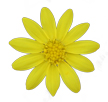
Summary: How to improve your communication skills
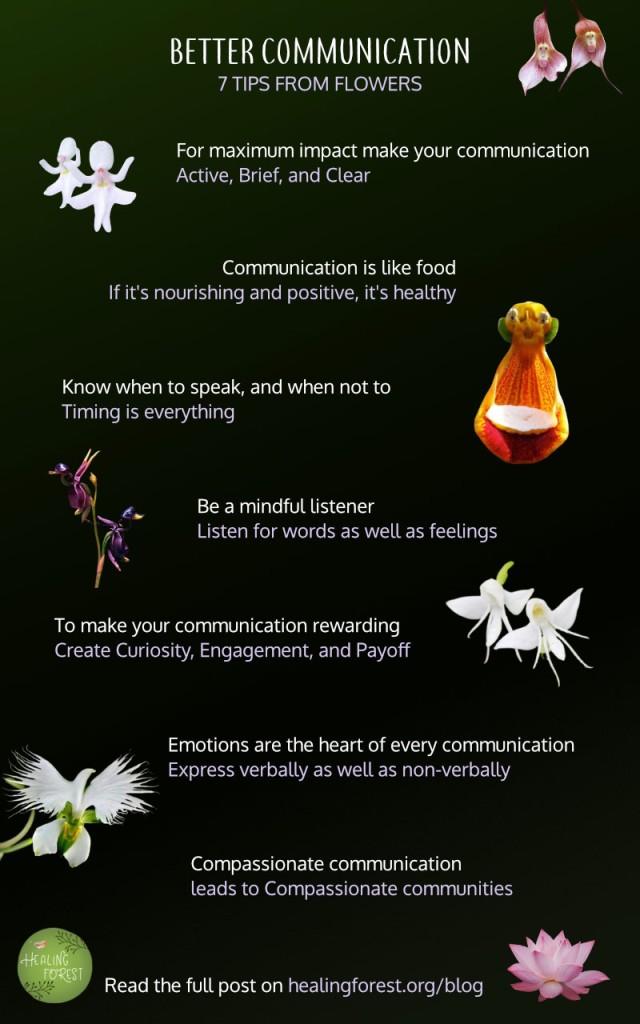
END NOTE: The next time you start a conversation, think of the flowers. Let them remind you of all the visible and invisible ways your words can weave their magic. For more interesting activities from around the world, check out: Nature Calm
*To get useful new ideas that uplift your life, join our free monthly newsletter. Healing Forest is a project that aims to bring people and forests closer to each other through creativity and mindfulness. Our aim is simple. Helping people heal. Helping forests heal.
REQUEST: Please pollinate this post so that it reaches those who might find it helpful. *And here are some flower gifts for you before you go.
